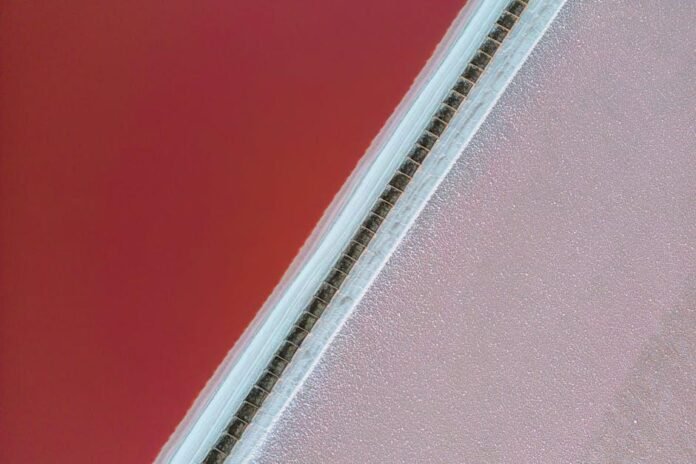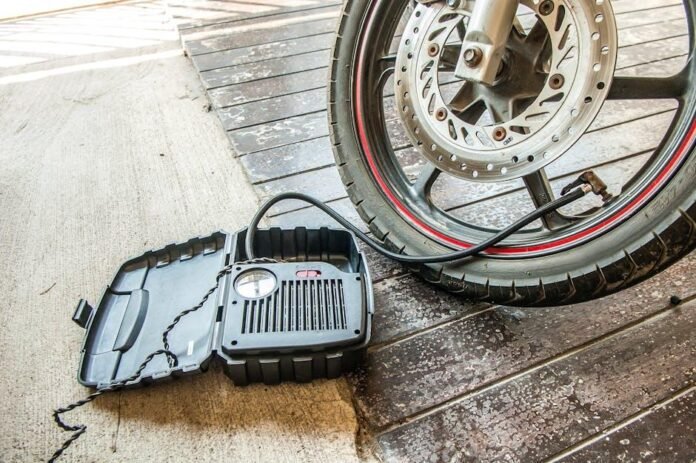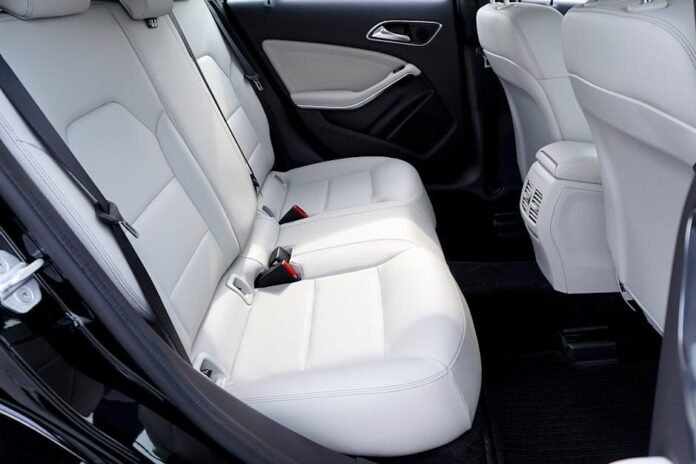When it comes to maintaining the pristine allure of your vehicle,interior ceramic coatings have emerged as a popular solution that promises durability and protection.As car enthusiasts and everyday drivers alike look for ways to preserve their automotive interiors, the allure of these coatings often beckons with tempting claims of ease and resilience. But what exactly are interior ceramic coatings,and do they live up to the hype? In this article,we’ll explore the truth behind these innovative formulations,diving into their benefits,potential drawbacks,and everything in between. Join us as we peel back the layers and uncover the reality of interior ceramic coatings—as when it comes to your vehicle’s interior, informed choices lead to lasting satisfaction.
Understanding the Basics of Interior Ceramic Coatings
Interior ceramic coatings have rapidly gained popularity as a modern solution for vehicle maintenance and aesthetic enhancement. These coatings are designed to provide a protective layer over various surfaces,including upholstery,plastics,and carpets. Their ability to chemically bond with the substrate makes them noticeably more resilient compared to customary waxing or sealants. Some of the key benefits include:
- Stain Resistance: Repels spills and dirt,making surfaces easier to clean.
- UV Protection: Shields surfaces from sun damage and fading.
- Longevity: Offers a long-lasting solution that withstands wear and tear.
Applying interior ceramic coatings can transform surfaces,giving them a glossy finish while enhancing their durability. It’s essential to understand that the preparation of the surfaces prior to submission is crucial for optimal results. A clean and smooth surface allows the coating to adhere effectively, ensuring its longevity and effectiveness. the application process may involve:
- Thorough cleaning: Removing dust, dirt, and residues.
- Surface Correction: polishing to eliminate any imperfections.
- Application of Coating: Carefully applying the ceramic coating for even coverage.
Benefits and limitations of Ceramic Coatings for Interiors
Ceramic coatings have gained traction as a complex solution for enhancing and protecting the interiors of vehicles and other surfaces. One of the primary benefits of these coatings is their impressive durability, providing a robust shield against scratches, stains, and spills. This resilience not only maintains the aesthetic appeal of surfaces but also simplifies cleaning processes, as grime tends to sit on the surface rather than bond. Moreover, ceramic coatings exhibit resistance to UV radiation, thus preventing fading and degradation over time. Additional advantages include:
- Hydrophobic properties that repel water and make surfaces easier to maintain.
- Enhanced gloss that elevates the overall appearance and sheen of interiors.
- Extended lifespan when compared to traditional waxing and sealing methods.
Despite their numerous advantages, ceramic coatings are not without limitations. One meaningful drawback is the initial cost,as professional application can be expensive,making it less accessible for budget-conscious individuals. Furthermore, while they offer impressive protection, they are not infallible against all types of damage—heavy impacts or abrasive materials can compromise even the strongest coatings. Maintenance is another aspect to consider,as some coatings require periodic reapplication to sustain their protective qualities. Below is a brief overview of the key limitations associated with ceramic coatings:
| Limitation | Description |
|---|---|
| Cost | Professional application can be pricey, requiring a significant upfront investment. |
| Vulnerability | While resistant,they are not immune to severe impacts and abrasives. |
| Maintenance | Some formulations necessitate periodic reapplication to maintain effectiveness. |
Application Techniques and Best Practices for Optimal Results
When applying interior ceramic coatings, the precision of your technique can dramatically influence the final outcome. In preparation for application, it’s crucial to thoroughly clean and repair any surfaces to ensure maximum adhesion. Utilize tools like foam rollers or high-density applicators for even coverage, and always work in manageable sections to prevent premature drying. Consider the ambient conditions – ideally, temperatures should be maintained between 60°F and 80°F (15°C to 27°C) with low humidity to facilitate proper curing. Here are some key points to remember:
- Surface Preparation: Remove dust and debris.
- Application Technique: Use even strokes and overlapping passes.
- Layering: Apply multiple thin layers rather than one thick layer for better results.
- Curing Time: Allow adequate drying time between coats.
Once completed, the maintenance of your ceramic coating is just as crucial as the application itself. Regular cleaning with pH-neutral products will help extend the life of the coating and maintain its appearance. Additionally, consider employing a ceramic coating maintenance product to enhance the protective qualities over time. Tracking the performance can also be beneficial; here’s a straightforward table to keep an eye on the upkeep:
| Maintenance Task | Frequency |
|---|---|
| General Cleaning | Weekly |
| Inspection for Damage | Monthly |
| Reapplication of Maintenance Product | every 3 months |
Maintenance Tips to Enhance Longevity of Ceramic coatings
Maintaining the pristine condition of your ceramic coatings is crucial for ensuring their longevity and performance.regular cleaning is essential; however, it’s important to use appropriate products designed specifically for ceramic surfaces. Opt for pH-neutral shampoos that won’t degrade the coating over time. When washing, utilize soft microfiber mitts to avoid scratches and ensure that no gritty particles remain on the surface, which could lead to damage. Following the wash, rinse thoroughly and dry with plush microfiber towels to minimize water spots.
in addition to proper cleaning techniques, regular maintenance applications can help reinforce the protective barriers of your ceramic coatings. Consider implementing a schedule to apply a quality ceramic booster spray every few months. This simple enhancement can significantly extend the life of your coatings and improve their hydrophobic properties. Furthermore, store your vehicle in a shaded or covered area whenever possible to minimize UV exposure and thermal stress on the coating. An effective way to keep track of your maintenance routine is to create a checklist:
| Task | Frequency |
|---|---|
| Wash with pH-neutral shampoo | Every 2 weeks |
| Apply ceramic booster | Every 3 months |
| Inspect for damage | monthly |
| Store in shade | Always |
Final Thoughts
As we conclude our exploration into the world of interior ceramic coatings, it becomes clear that these innovative products hold a multifaceted appeal for car enthusiasts and everyday drivers alike. The allure of a protective, easy-to-clean surface combined with the promise of enhanced aesthetics offers a compelling case for their use. However, as with any product, understanding the true benefits, limitations, and application techniques is crucial to making informed decisions.
Ultimately, the effectiveness of an interior ceramic coating hinges on factors such as quality, proper preparation, and ongoing maintenance. Whether you’re seeking to preserve the pristine nature of your vehicle’s upholstery or simply looking to elevate your driving experience,knowledge is your greatest ally.
So,before you make your purchase,arm yourself with the facts and weigh your options. In the realm of automotive care, the truth frequently enough lies in the balance between expectation and reality. With this newfound understanding, you can navigate the choices available and potentially transform your vehicle into a fortress of style and cleanliness. After all, it’s not just about protection; it’s about enhancing the spaces where life unfolds.









